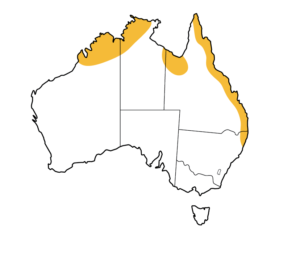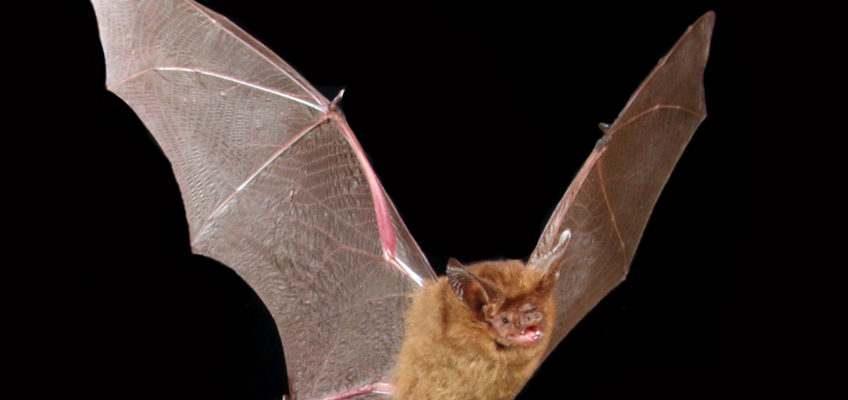Nyctophilus bifax
This species is brown to tan in colour and has long ears from 19 to 27 mm. Its diagnostic feature is the low, rounded and hairless ridge on the muzzle behind the noseleaf. The eastern long-eared bat hunts be perching 5-10 m above the ground and wait for their prey to come in range. If they don’t catch their food (usually moths) within 3-5 minutes they will move to another perch in the nearby vicinity.
 Habitat
Habitat
They like to live in wetter areas that include rainforest, monsoon forest, riparian forest, swamps and mangroves. They roost under peeling bark, hollows and in depressions on tree trunks in colonies of no more than 10 individuals.
Breeding
Twin young are born in October. A mother bats is able to carry the twins until their collective weight nearly equals her own.
Predators and Threats
Hawks, owls, pythons and feral cats. Loss of trees, land clearing and wildfires
Photo: Michael Pennay
Sources:
Churchill, S. (2008) Australian Bats (2nd Edition). Allen and Unwin, Sydney.
Hall, L. (2009) Bats, A Wild Australia Guide. Steve Parish Publishing, Queensland.
Atlas of Living Australia


